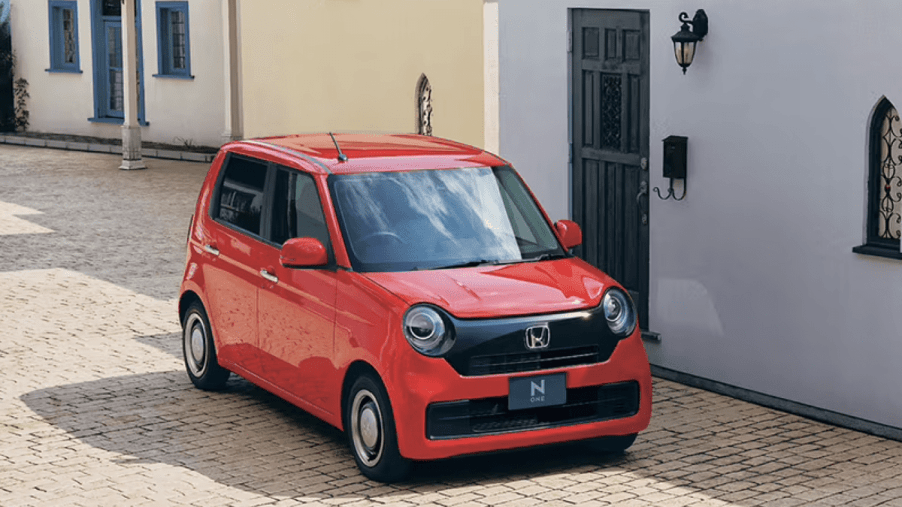
Look, Cars Are Too Expensive and Getting Even Worse: Here’s the Solution
New and even used cars are becoming too expensive. Especially EVs have seen a drastic reduction in prices as automakers realize they won’t sell for the prices they’re asking. Now, with the UAW strikes requiring an immediate vehicle price hike to cover the wage increases, prices aren’t coming down. But where are the less-expensive compact models? It’s time to pivot and for our automakers to start looking at some of the small cars selling elsewhere that aren’t sold here.
For instance, take Japan. Japanese manufacturers arguably make the least expensive, most economical, and highest quality vehicles anywhere. But in their home country, the best-selling EV isn’t even sold here, the $13,000 Nissan Sakura Kei car. And the reason is simple: small size. But a smaller size also means a much cheaper price.
Why aren’t more small cars sold in the U.S.?
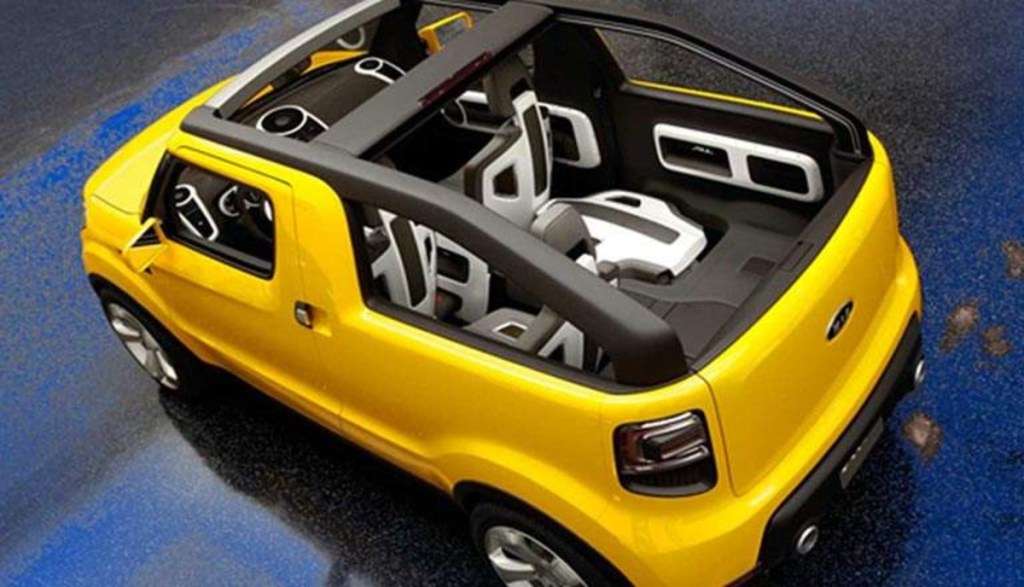
And that’s what the U.S. needs: cheaper new cars. And the same goes for trucks. In fact, Ford’s compact Maverick is selling so well that Ford can’t keep up with demand. Even after adding a second assembly line shift. Could going even smaller with something like the Daihatsu Hijet offer more cargo space than the Maverick at a lower price?
When U.S. vehicle companies began strategizing about how to dive into electrification, going with large luxury vehicles they could amortize more development money with was the plan. GM had already jumped the gun with the Chevrolet Bolt EV. It made the decision to kill the Bolt to concentrate on big GMC Hummers and $300,000 Cadillac Lyriq EVs.
Why does Chevrolet’s Bolt continue to sell so well?
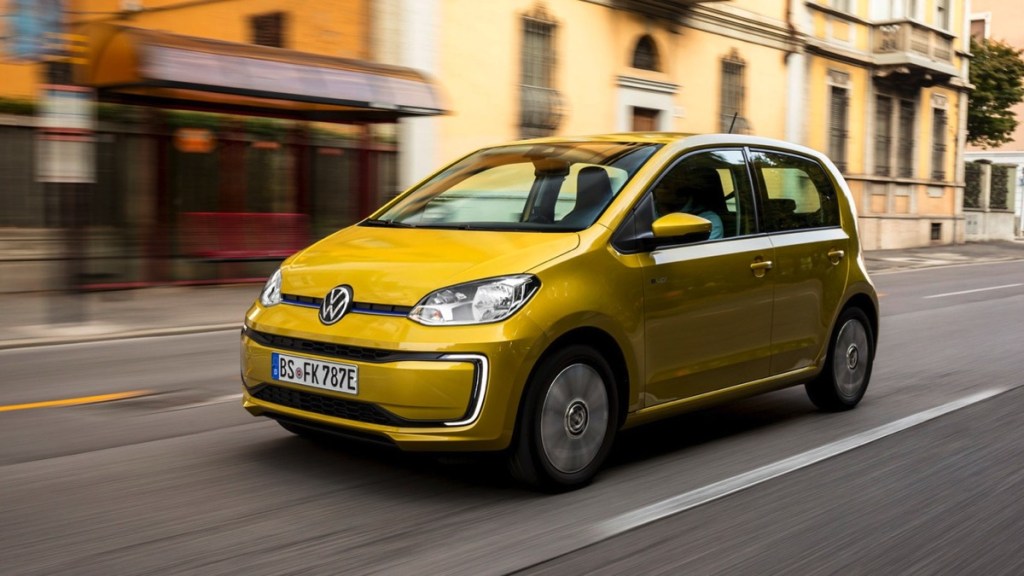
But in spite of numerous Bolt recalls, including the replacement of every battery on every Bolt made, it sold. And it was and still is popular. An uproar made GM rethink killing the Bolt. Now, it is still in production, with a new version coming soon. Of all American companies manufacturing EVs, the Bolt is the least expensive.
Since 2016, when the Bolt came out, sales have increased every year. Last year, it sold 38,122. But already this year, it has sold 50,000. So here is an eight-year-old EV that is seeing continuing yearly sales increases. And the reason is clearly because of the price.
Is there a reason small cars sell better elsewhere?
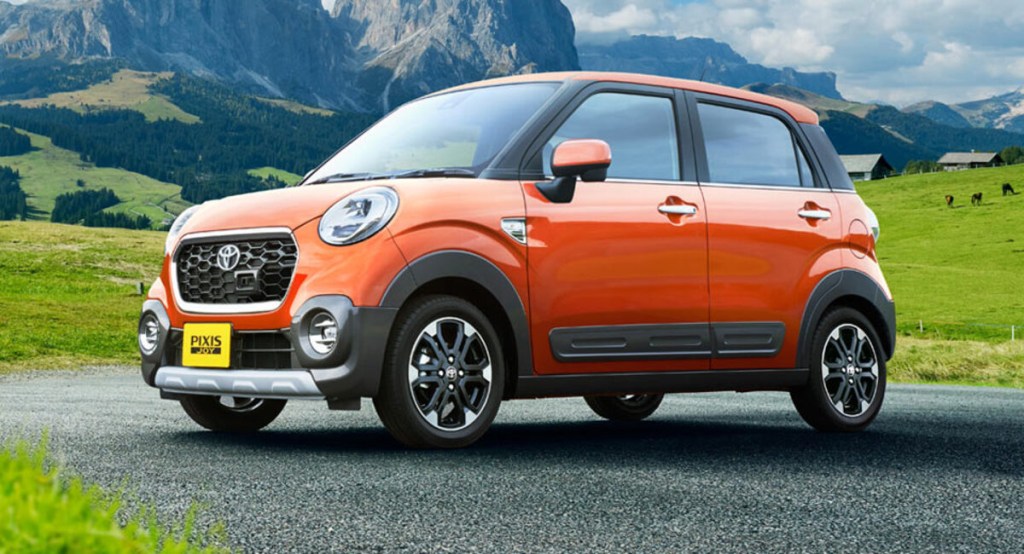
Throughout the world, every country embraces small cars, except for one: the U.S. In every country, these cars represent at least 25% of the overall new car market, according to Motor1. In some, like India, Latin America, Eurasia, and Japan/Korea, small car sales amount to over 40%. Japan has its small Kei car program, which has been around for years.
One of the reasons for the ever-increasing percentage of small commuter cars is China. It is slowly gaining sales in every market they’re sold in. And that increases overall compact car sales. Europe is one country that is really seeing increases in Chinese city cars, to the extent they are outselling their European counterparts.
Does the U.S. really need more city cars?
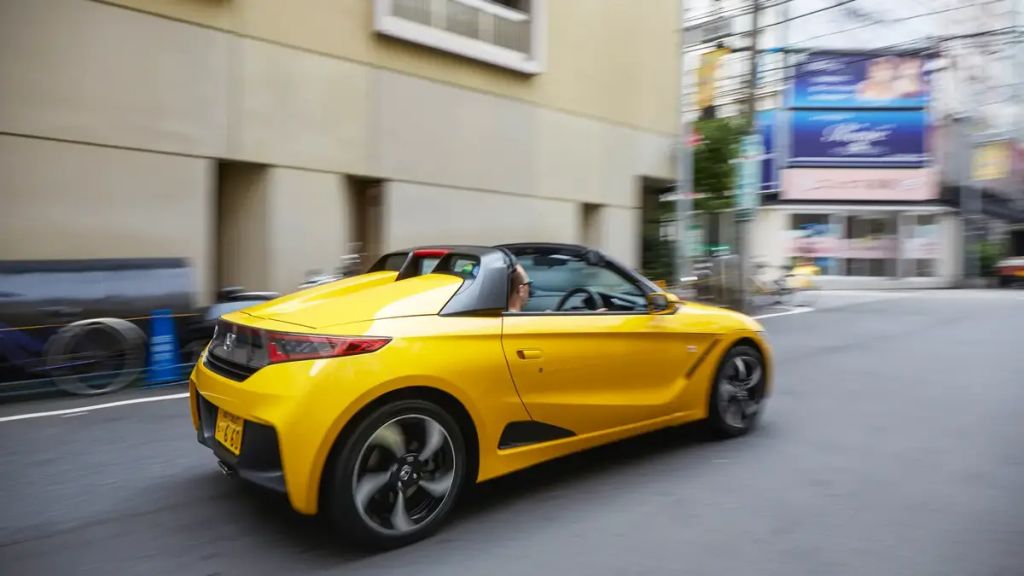
And the reason? It’s the price. The average price of a new European-built city car is a bit over $30,000. Chinese counterparts have an average price of just under $20,000. It is just too much of a gap for Europeans to go with national car brands with price gaps this wide.
Now is the time for manufacturers to bring some of the city cars they make in Europe to the U.S. Japanese and Korean companies should bring theirs as well. As for American automakers, with fewer city cars being made for Europe, they’re in a more compromised position. But any way you look at it, as more commuter vehicles become available here, the more Americans will begin to embrace them.



